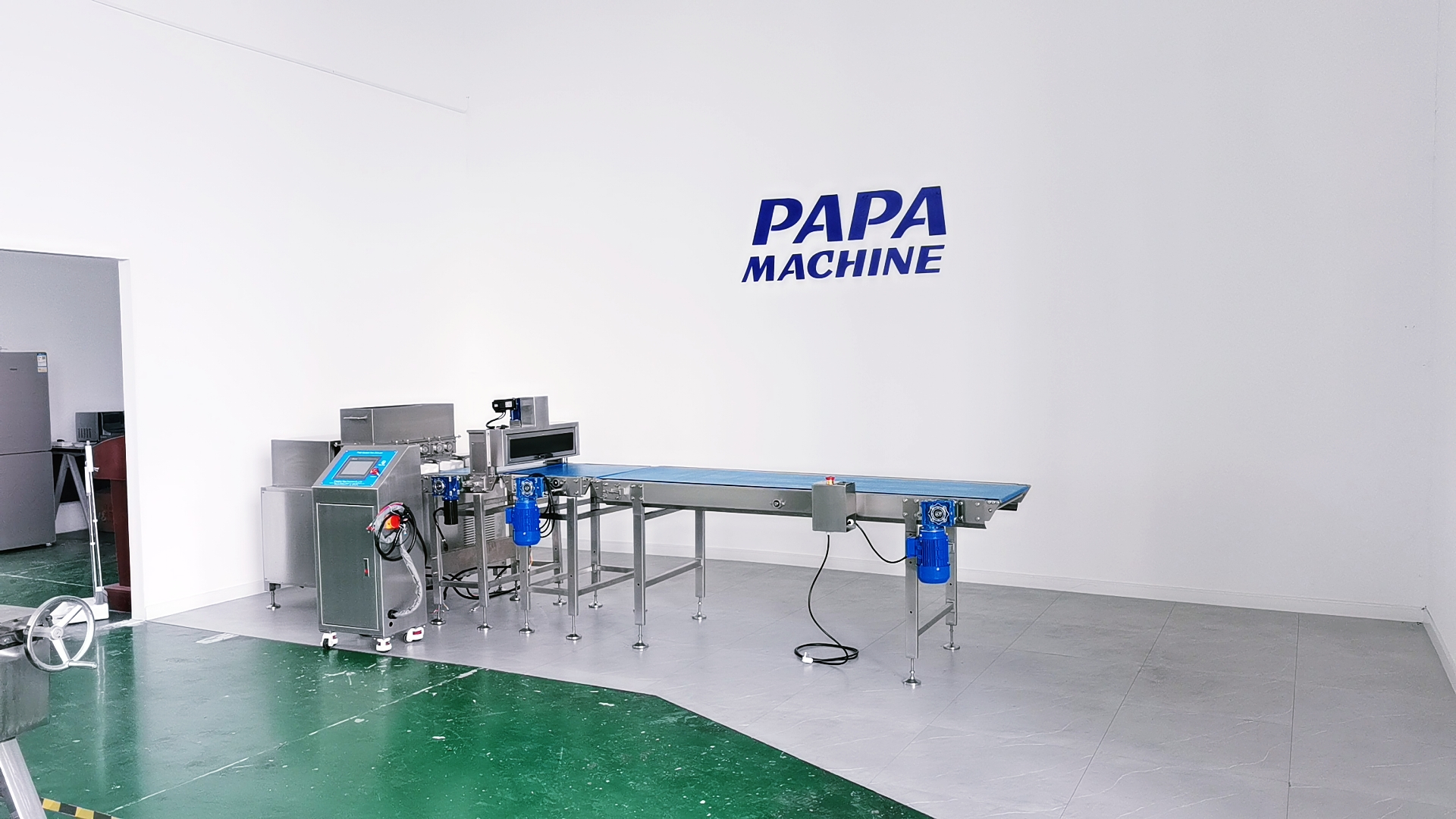In recent years, the healthy snack market has grown rapidly, and protein bars have become a popular choice for fitness enthusiasts, office workers, and healthy eating groups due to their high protein, portable, and delicious characteristics. If you also want to enter this industry, this article will provide a complete guide for protein stick entrepreneurship, covering key steps such as market research, product development, brand building, and sales strategy.
1、 Market Research: Identifying Positioning and Opportunities
1. Target customer analysis
Who are you selling your protein bar to? The main audience includes:
- Fitness population (need for muscle gain and weight loss)
- Busy office workers/students (in need of convenient nutritional supplements)
- Special dietary groups (vegetarian, ketogenic, gluten free, low sugar requirements)
2. Competitor research
Analyze the main brands in the market, such as:
- Quest Bar (high protein, low sugar)
- RXBAR (simple ingredients, no additives)
- Kind Bar (natural ingredients, nut base)
- MyProtein (high cost performance, multiple flavors)
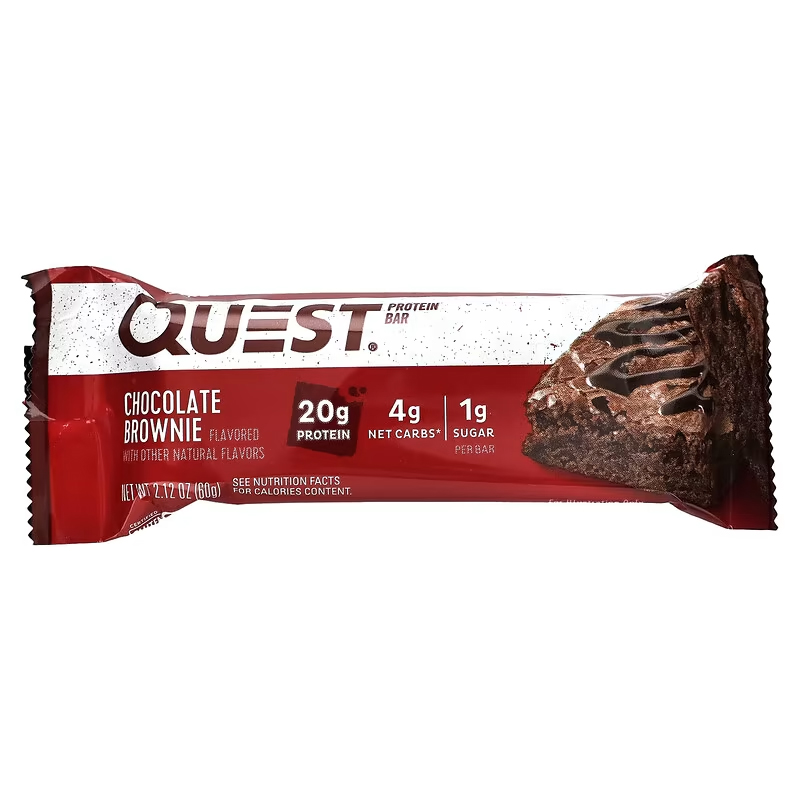
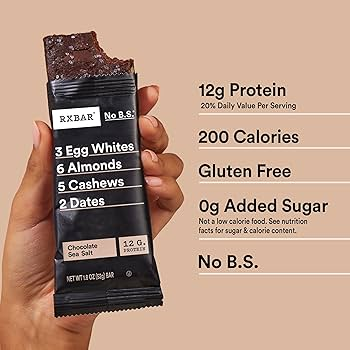
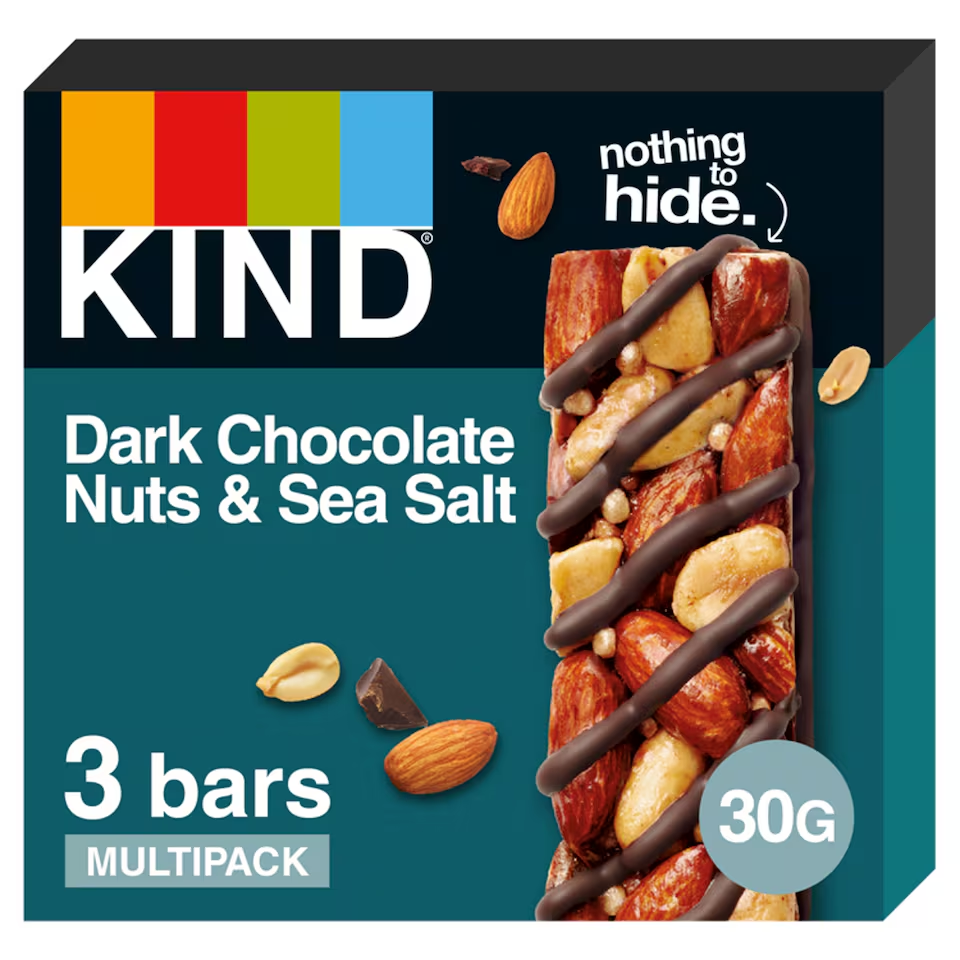
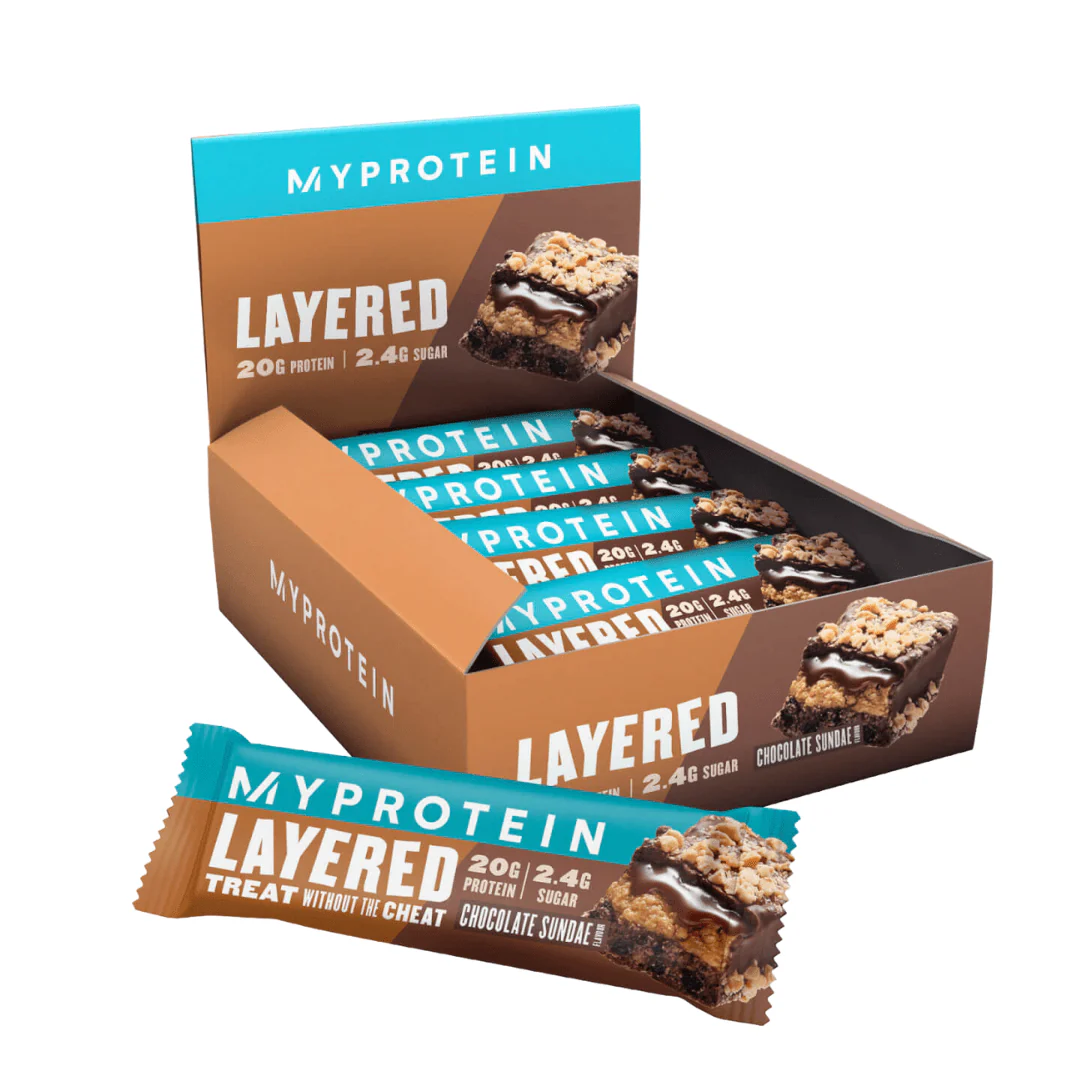
3. Market Trends
Clean Label: Consumers are more concerned about additive free and natural ingredients.
Plant protein growth: Pea protein, soy protein, etc. are suitable for vegetarians.
Functional protein stick: added probiotics, collagen, vitamins, etc.
2、 Product development: Creating unique formulas
1. Determine the core components
Protein sources: whey protein, plant protein (pea, soybean, brown rice protein)
Sweetener: Natural (honey, coconut sugar) or sugar substitutes (erythritol, stevia)
Fat sources: Nut butter (peanut butter, apricot jam), coconut oil
Adhesive: date paste, syrup, xanthan gum
2. Taste testing
-Classic styles: chocolate, peanut butter, vanilla
-Innovation: Matcha, Sea Salt Caramel, Coconut Almond
-Special requirements: sugar free, high fiber, low calorie
3. Production mode selection
Handmade (small-scale start): suitable for the local market, low cost, high flexibility.
Machine production: suitable for medium to large scale factories, with high production efficiency, capable of producing tens of thousands of protein rods at once, and strong flexibility.
OEM/ODM: Suitable for mass production, reliable manufacturers need to be found (note minimum order quantity).
4. Compliance and labeling
-Nutrient composition table: label protein, carbohydrates, fats, calories, etc.
-Food safety certification: such as FDA, CE, organic certification (depending on the market).
-Allergen tips: such as nuts, dairy products, gluten, etc.
3、 Brand building: making products stand out
1. Brand Naming and Story
Name: Short and easy to remember, highlighting health/fitness attributes (such as "PowerBite", "PureProtein").
Brand Story: Why Make Protein Bars? What is your philosophy? (such as "providing pure energy for fitness enthusiasts")
2. Packaging design
Environmentally friendly materials: Biodegradable packaging is more popular.
Visual appeal: Highlighting protein content, natural ingredients, and applicable scenarios (such as "pre/post workout supplementation").
Specification selection: single pack, multi pack, subscription box.
4、 Sales channel: How to sell?
1. Online sales
Self owned websites (built on Shopify and WooCommerce)
E-commerce platforms (Amazon, Tmall, iHerb)
Social media (Instagram, TikTok for sales)
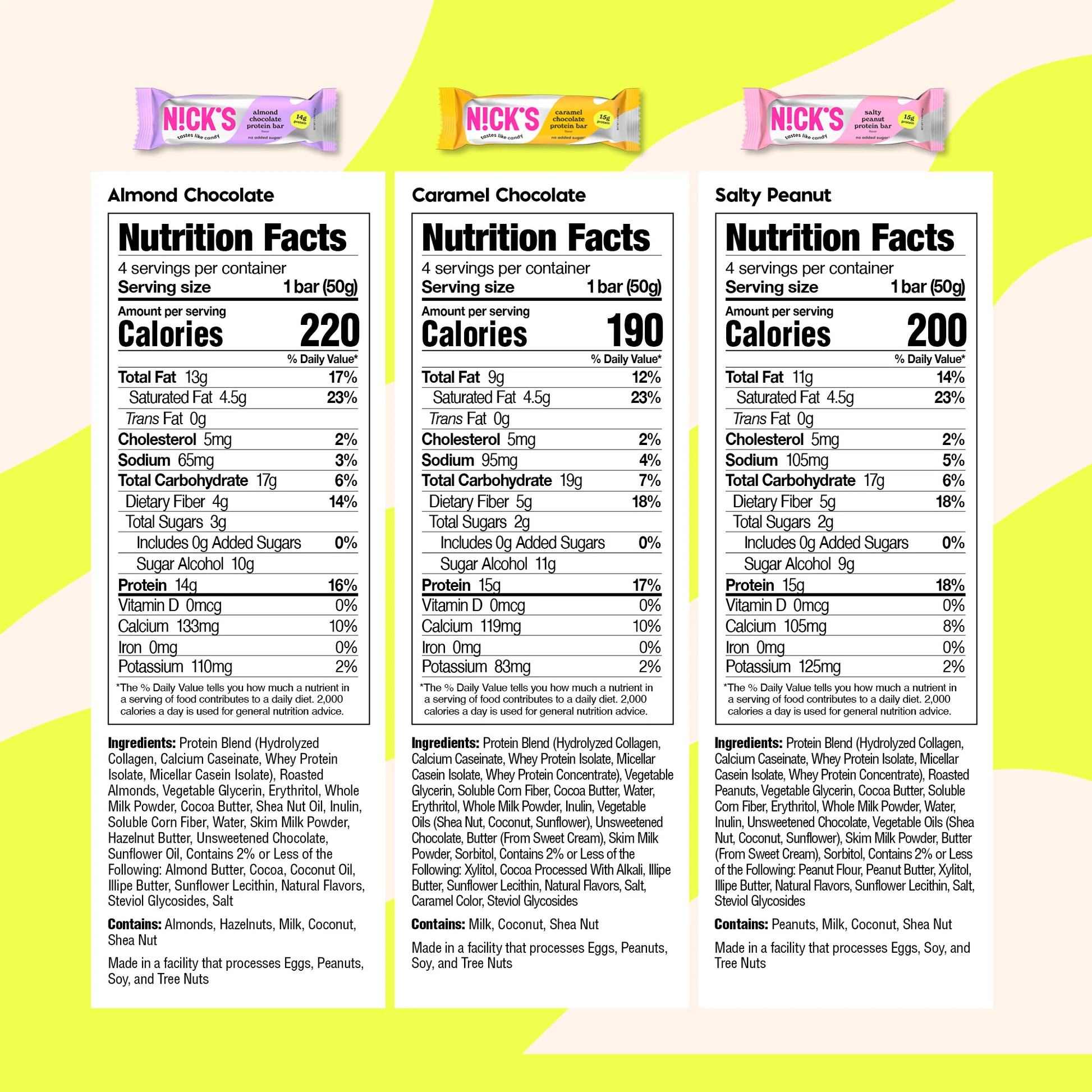
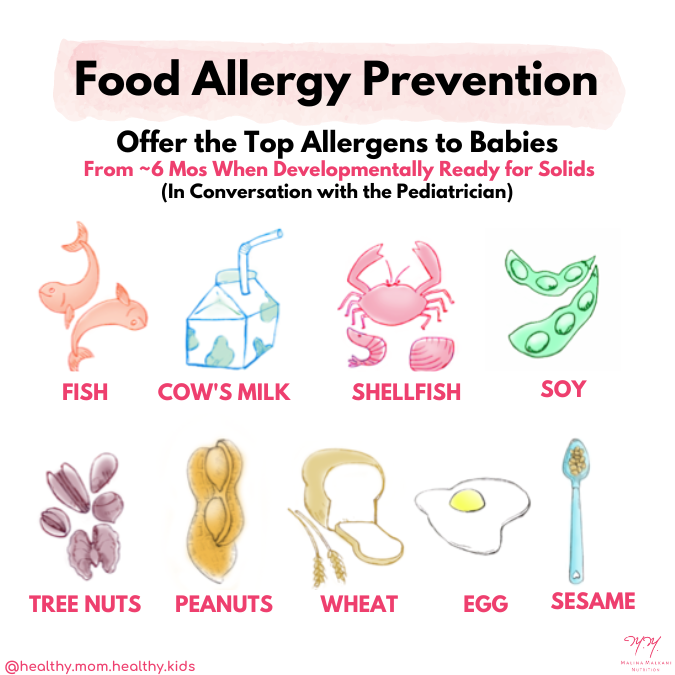
2. Offline sales
Gym/health food store (cooperative consignment)
Supermarket/Convenience Store (must meet channel requirements)
Subscription mode (regular delivery, increasing repurchase rate)
3. Pricing strategy
Cost calculation (raw materials+production+packaging+logistics+marketing)
Market reference price: Regular protein stick $2- $5/piece, high-end version $5- $10/piece
Profit margin: usually 50% -70%
5、 Marketing Promotion: How to Encourage More People to Purchase?
1. Social media marketing
Instagram/TikTok: Showcase the production process, fitness combinations, and customer feedback.
KOL collaboration: Find fitness bloggers and nutritionists to promote.
2. Content marketing
-Writing blogs (such as How to choose a healthy protein bar)
-YouTube review (send samples to review bloggers)
3. Offline promotion
Gym cooperation (free tasting, sponsored activities)
Health Exhibition (Increase Exposure)
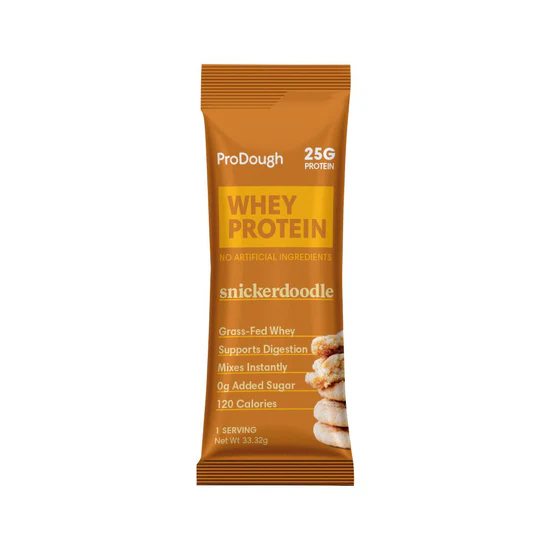
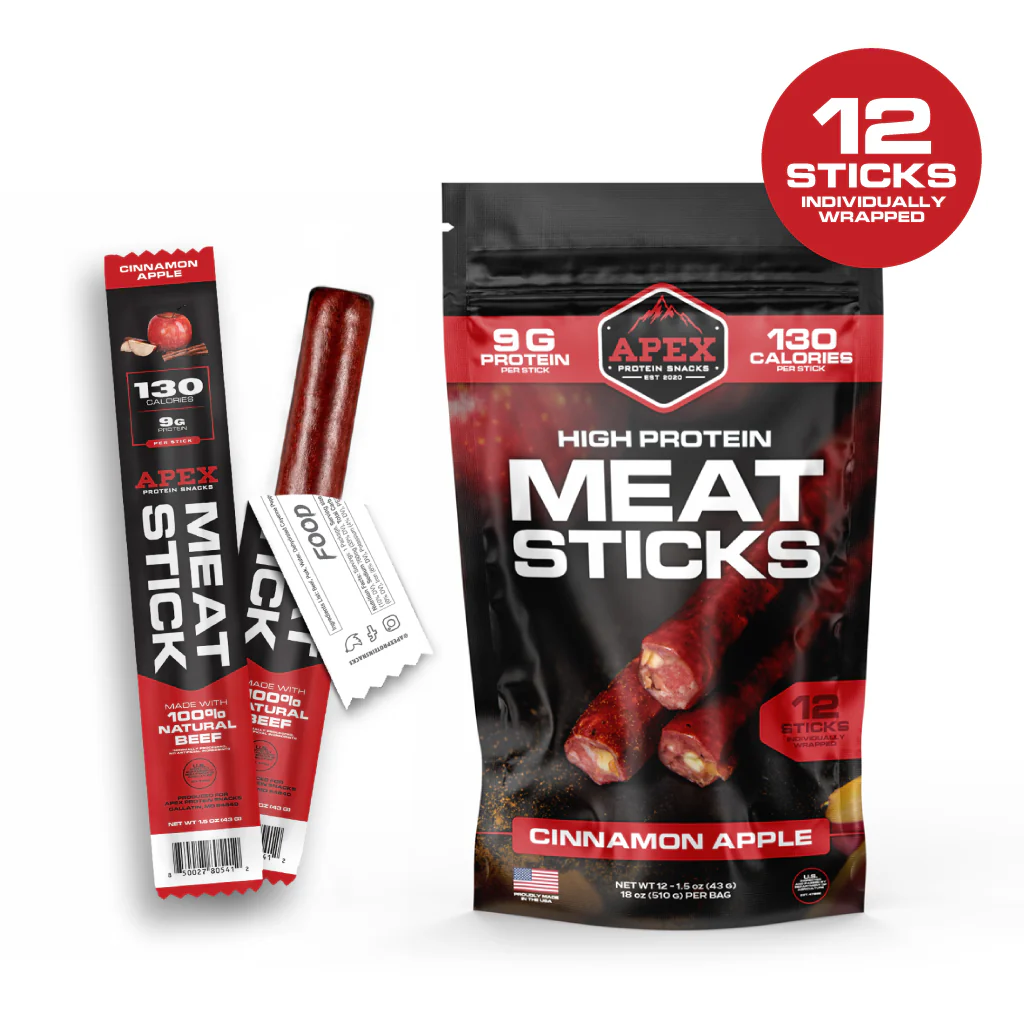
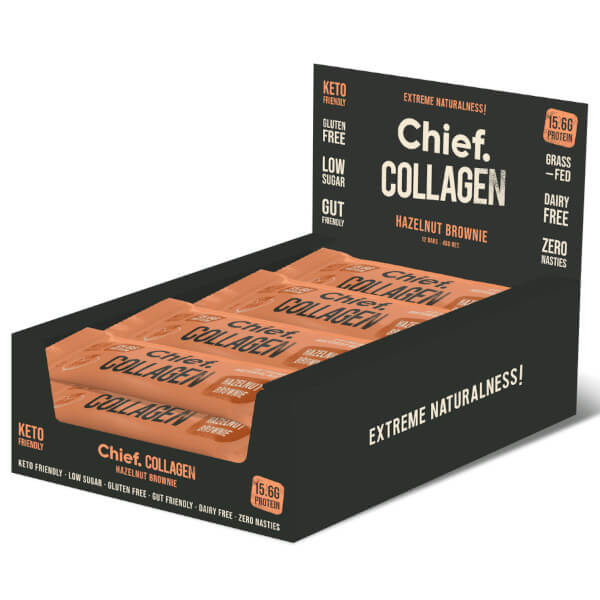
6、 Legal and Financial
1. Registering a company
-Choose LLC or Limited Company (to protect personal assets)
-Apply for a food business license (depending on regional regulations)
2. Financial management
-Open a corporate bank account
-Using accounting software such as QuickBooks
-Calculate the breakeven point (how long will it take to recoup costs?)
Post time: Aug-31-2022
